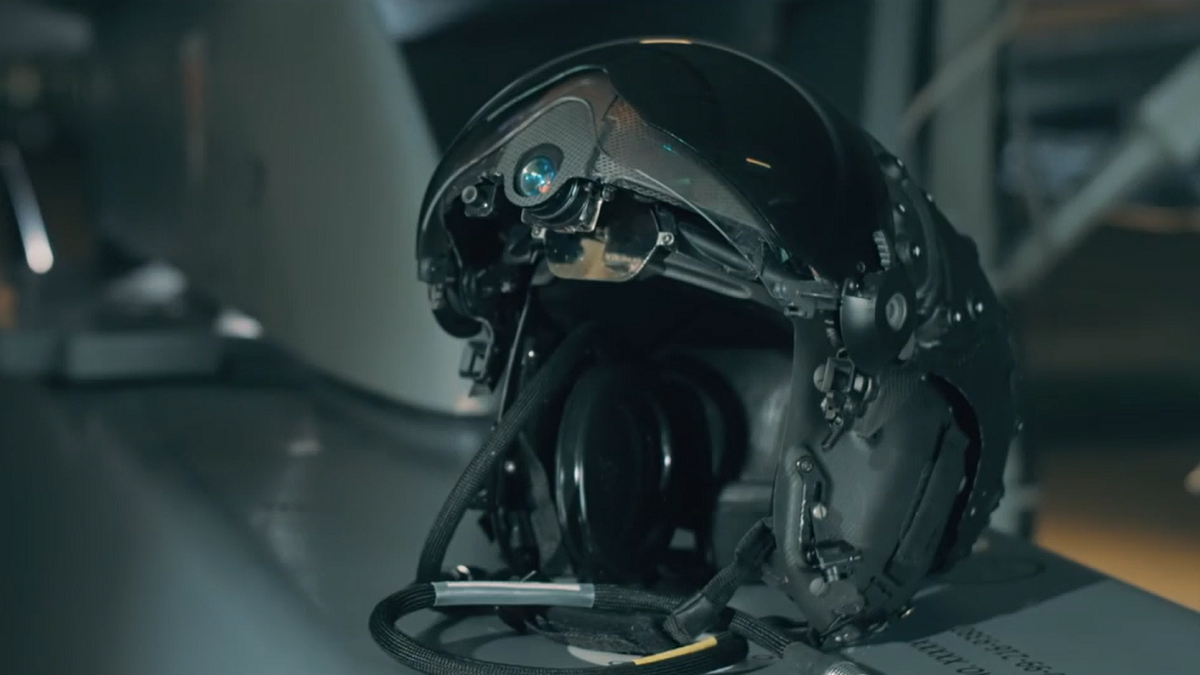The UK Ministry of Defense has awarded aerospace company BAE Systems a new £40 million ($50 million) contract to supply the Royal Air Force of Britain with Striker II Helmet Mounted Displays. BAE Systems will be providing these advanced night-vision, augmented reality helmets to pilots of UK Typhoon fighter jets involved in NATO missions.
These helmets display flight data directly onto the visor worn by fighter pilots, employing colour-coded symbols for rapid identification of friendly, enemy and unknown elements during NATO missions.
The UK has a fleet of 137 Typhoon fighter jets that have been part of the country’s air force since 2003. Currently, British Eurofighter Typhoon pilots are equipped with the Striker I helmet, which lacks night-vision capability and full-colour displays – both of which are significant improvements offered by the Striker II, as stated by BAE.
Andrea Thompson, managing director for Europe & International in BAE’s air sector said in a statement, “Striker II will provide the RAF’s Typhoon pilots with a crucial advantage—offering unrivalled situational awareness from the cockpit while helping to avoid sensory overload, which is vital in a high-tech and fast-paced environment.”
Night-vision integration
These Striker II helmets are, “Adaptable to the increasing demands of battlespaces,” added James Cartlidge, the British MP and Minister for Defense Procurement. The integration of night-vision in the Striker II eliminates the need for pilots to wear separate night-vision goggles during missions conducted in low-light or nighttime conditions.
According to Andrew ‘Blyty’ Mallery-Blythe, BAE’s air sector Typhoon operational requirements manager, the primary advantage of the Striker II over the currently utilised Striker I by the British Air Force is its night-vision capabilities.
He mentioned that they provide a big, “Tactical advantage” over enemy aircraft, especially those that might lack the capability to operate effectively at night. The Striker II will have the capability to capture missions from the pilot’s viewpoint, whether it’s during daylight or nighttime.
According to Nigel Kidd, product director at BAE Systems’ Electronic Systems, the advanced prototype of the Striker II has been in development for several years.
The Striker II is set to be compatible with other aircraft in the future and is expected to have a lifespan of approximately 20 to 25 years. While the exact cost of the helmets is yet to be revealed, BAE estimates a six-figure price range, which will depend on the quantity produced.
BAE has also stated that the final version which is currently undergoing refinements in the coming months, will be slightly smaller than the helmets currently available.
Isa Muhammad is a writer and video game journalist covering many aspects of entertainment media including the film industry. He's steadily writing his way to the sharp end of journalism and enjoys staying informed. If he's not reading, playing video games or catching up on his favourite TV series, then he's probably writing about them.



































